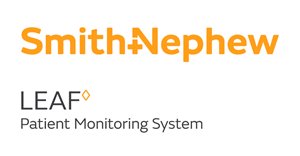Benefits of Reducing Pressure Injury Related Deaths and Readmissions
Pressure injuries are one of the most common and costly complications occurring in US hospitals. With up to 3 million patients affected each year, hospital-acquired pressure injuries (HAPIs) place a substantial burden on the US healthcare system.
In the current study, US hospital discharge records from 9.6 million patients during the period from October 2009 through September 2014 were analyzed to determine the incremental cost of hospital-acquired pressure injuries by stage. Of the 46 108 patients experiencing HAPI, 16.3% had Stage 1, 41.0% had Stage 2, 7.0% had Stage 3, 2.8% had Stage 4, 7.3% had unstageable, 14.6% had unspecified, and 10.9% had missing staging information. In propensity score-adjusted models, increasing hospital-acquired pressure injury severity was significantly associated with higher total costs and increased overall length of stay when compared with patients not experiencing a hospital-acquired pressure injury at the index hospitalization.
The average incremental cost for a hospital-acquired pressure injury was $21,767. Increasing HAPI severity was significantly associated with greater risk of in-hospital mortality at the index hospitalization compared with patients with no hospital-acquired pressure injury, as well as 1.5 to 2 times greater risk of 30-, 60-, and 90-day readmissions. Additionally, increasing hospital-acquired pressure injury severity was significantly associated with increasing risk of other hospital-acquired conditions, such as pneumonia, urinary tract infections, and venous thromboembolism during the index hospitalization.
By preventing pressure injuries, hospitals have the potential to reduce unreimbursed treatment expenditures, reduce length of stay, minimize readmissions, prevent associated complications, and improve overall outcomes for their patients.

Sponsored by:

DOWNLOAD NOW FOR FREE!
Which of the following best describes your position level?
By downloading this resource, I agree to sign up to receive newsletters and special offers from HealthLeaders and the sponsor. I understand that I can opt-out at any time. Privacy policy.